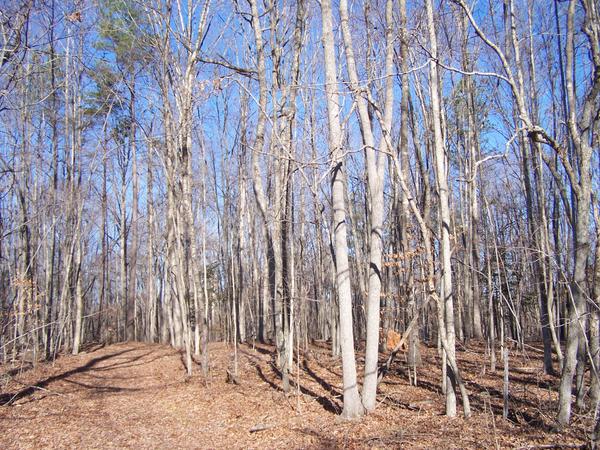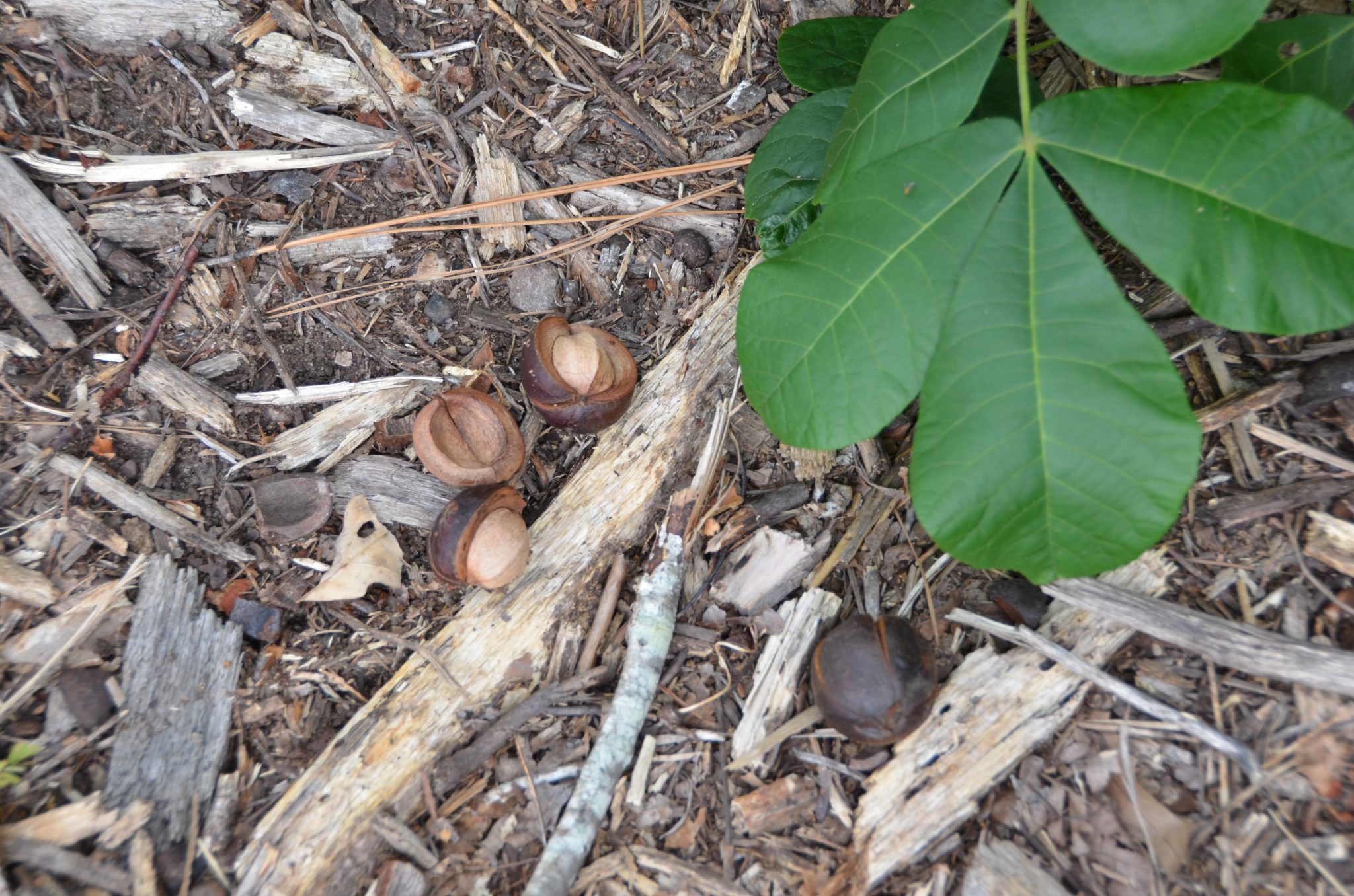The species mix can vary depending on site characteristics and history but usually consists of some mix of the trees listed in the table above.
Characteristics of cove hardwood forests.
The guide to american hardwood species.
The 2005 wap describes southern blue ridge mountains cove forest as a priority habitat see chapter 5 ncwrc 2005.
All stands were classified as cisc types which denoted cove hardwood overstories.
Cove forests which are unique to the appalachian mountains and are a subtype of appalachian blue ridge forests are found in protected positions in the landscape at middle to low elevations and are typified by high species richness of both plants and animals.
Between 40 to 60 tree and shrub species grow in coves which are sheltered valleys with deep rich soils.
As a resource american hardwoods are abundant renewing and sustainable and an excellent choice for eco effective design and building.
The canopy of the classic cove hardwood forest is characteristically dominated by a large number of tree species sharing the canopy.
Common species include carolina silverbell basswood dogwood and magnolia.
The northern hardwood forest is a general type of north american forest ecosystem found over much of southeastern and south central canada ontario and quebec extending south into the united states in northern new england new york and pennsylvania and west along the great lakes to minnesota and western ontario some ecologists consider it a transitional forest because it contains species.
Conservation wildlife and management considerations.
Growing above 4 500 feet in.
The cove hardwood forest is the most botanically diverse of these forests.
Thousands of acres of northern hardwood conifer forests grow on well drained fertile slopes of hillsides in new hampshire typically between 1 500 and 2 500 feet in elevation here sugar maple american beech and yellow birch are the dominant tree species mixed with red maple white ash and patches of hemlock at lower elevations and red spruce and balsam fir at higher elevations.
Here eastern hemlocks join an astonishing array of broadleaf trees basswood carolina silverbell yellow birch cucumber magnolia red and sugar maple yellow buckeye tulip tree dogwood and others to form a marvelously diverse overstory.
The spruce fir forest caps the park s highest elevations.
The more typical and extensive northern hardwoods forest is dominated by beech birches and sugar maple occurs on less nutrient rich sites and lacks substantial ash.
According to the most recent southeast gap.
There are many known mature occurrences of maple basswood ash forests in the state most.
4 4 4 2 location of habitat cove hardwood habitat is well represented in the mountain ecoregion of western north carolina including in the pisgah and nantahala national forests.
Cove forest is the name for a type of deciduous forest community associated with appalachian mountain coves.
Although cove hardwood forests constitute less than 25 of the forested area in the southern appalachians these types produce the majority of high quality high value sawtimber in the region.






























